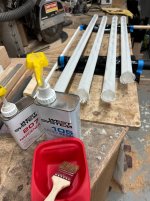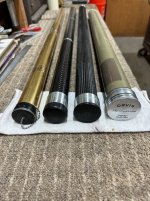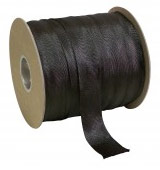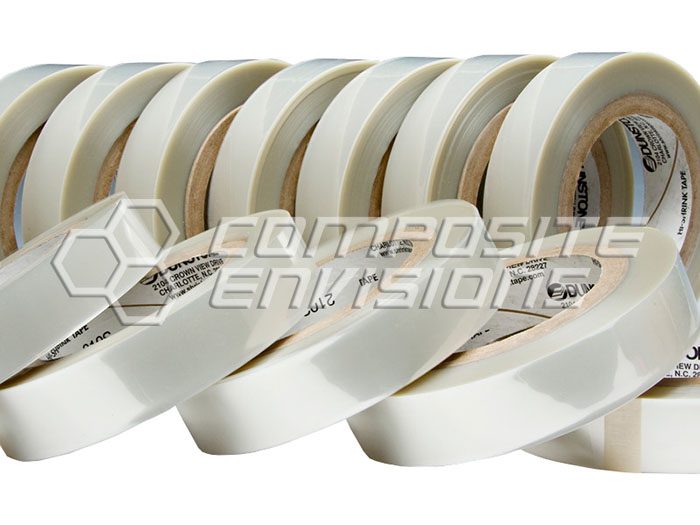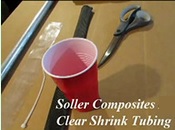....or maybe I should say, " assembling one".
I'm thinking about my winter projects, and the idea hit me that since I'm not likely to find a straight carbon paddle on the used market (all but one of my paddles were bought used) maybe I can make one. I read through a thread here about doing that, and decided I'm not up to doing it that way. Since I recently became aware of affordable carbon fiber tubing, another idea came to mind. I could carve a grip from a lightweight wood, match that to purchased tube, and all I would have to produce from carbon cloth would be the blade.
Sound feasible?
How would you go about fashioning that blade so that it could be plugged into the shaft with a snug fit and epoxy? I'm thinking of a Sugar Island style blade, slightly foil shaped but thin. Something that would be suitable as a mild river and meandering stream paddle to go with the Wildfire. I'd want it to be perfectly symmetrical.
Also, what wall thickness should I go with on the tubing? 1mm? 2mm? I should've measured the Zav when I had the grip off to shorten it.
I'm thinking about my winter projects, and the idea hit me that since I'm not likely to find a straight carbon paddle on the used market (all but one of my paddles were bought used) maybe I can make one. I read through a thread here about doing that, and decided I'm not up to doing it that way. Since I recently became aware of affordable carbon fiber tubing, another idea came to mind. I could carve a grip from a lightweight wood, match that to purchased tube, and all I would have to produce from carbon cloth would be the blade.
Sound feasible?
How would you go about fashioning that blade so that it could be plugged into the shaft with a snug fit and epoxy? I'm thinking of a Sugar Island style blade, slightly foil shaped but thin. Something that would be suitable as a mild river and meandering stream paddle to go with the Wildfire. I'd want it to be perfectly symmetrical.
Also, what wall thickness should I go with on the tubing? 1mm? 2mm? I should've measured the Zav when I had the grip off to shorten it.
Last edited:


